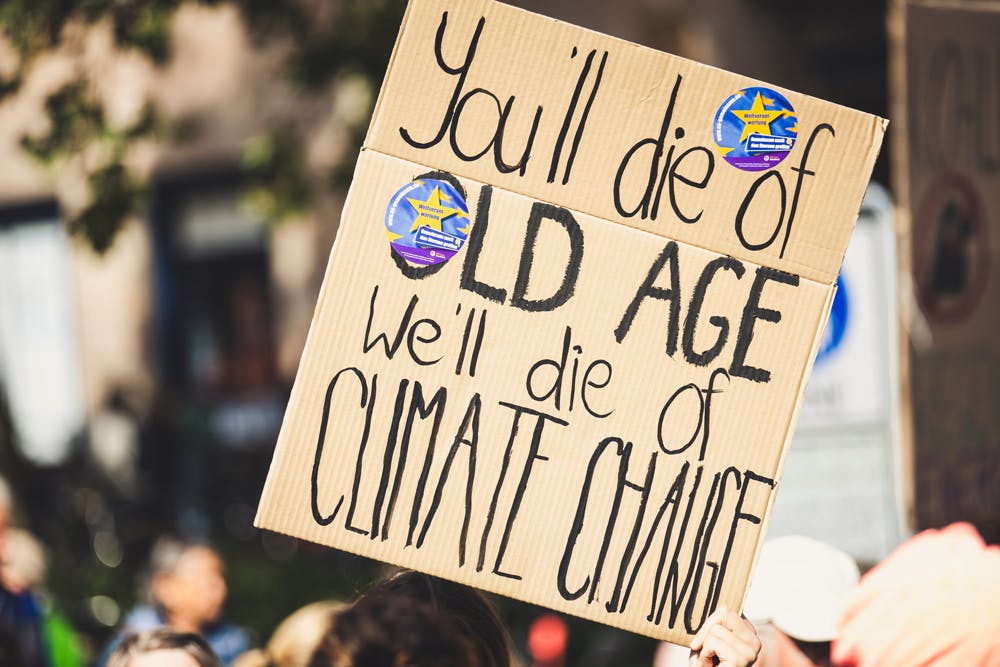How should I talk to my children about climate change?
3 Min Read•September 3, 2023

Climate change is one of the most pressing challenges facing our planet today. As evidence of its effects becomes more evident, it’s natural for children to have questions or concerns. Discussing such a complex topic with younger generations requires sensitivity, clarity, and optimism. Here's how to guide that conversation:
1. Choose Age-Appropriate Information
- Young Children (ages 3-6): Introduce the concept by talking about nature. Use simple language like "We need to take care of our Earth so the plants, animals, and people can be healthy."
- School-aged Children (ages 7-12): Discuss basic facts about the environment, such as why trees are essential or how to save water. Introduce the idea that the Earth is getting warmer and it's affecting animals and weather patterns.
- Teenagers: Offer more detailed explanations, delving into the science behind climate change, human contributions, and its broader implications on ecosystems.
2. Use Visuals
Children tend to understand better when they can see what you're talking about. Use maps, diagrams, and videos to show climate patterns, ice melting, or affected animals. Many educational websites provide interactive resources.
3. Address Their Feelings
Children may feel fear, sadness, or anxiety when learning about climate change. Validate their emotions, emphasizing that it's natural to feel concerned about something so important.
4. Highlight Positive Actions
Instead of focusing solely on the dire consequences, shed light on the positive actions being taken worldwide. Talk about renewable energy, reforestation projects, and conservation efforts. Explain how individuals, communities, and countries are making changes.
5. Involve Them in Solutions
Empower children by involving them in actionable solutions:
- Conserve Energy: Turn off lights, use energy-saving bulbs, and unplug electronics when not in use.
- Reduce, Reuse, Recycle: Emphasize the importance of minimizing waste.
- Choose Sustainable Transportation: Walk, bike, or carpool when possible.
- Nature Activities: Plant a tree, start a garden, or join local clean-up efforts.
6. Learn Together
Make it a family activity to learn more about climate change. Watch documentaries, read books, or attend workshops together.
7. Promote Critical Thinking
Encourage your kids to think critically about information sources. With a topic as politicized as climate change, it's crucial they understand the difference between scientific consensus and opinion.
8. Set an Example
Your actions will speak louder than words. Lead by example by adopting sustainable practices in daily life. This not only reinforces the importance of the issue but also offers a practical roadmap for your kids to follow.
9. Stay Updated
Climate science is continually evolving. Stay updated with the latest research and findings. This ensures you're providing accurate information and can address new questions or concerns.
10. Encourage Advocacy
For older children, particularly teenagers, you might introduce the idea of advocacy. They can join school eco-clubs, participate in local environmental initiatives, or even engage in peaceful climate change protests.
While climate change is a challenging topic, it offers an opportunity to teach our children about responsibility, the interconnectedness of life, and the power of collective action. By providing a balanced, informed, and hopeful perspective, we can empower the next generation to be conscientious stewards of our planet.




